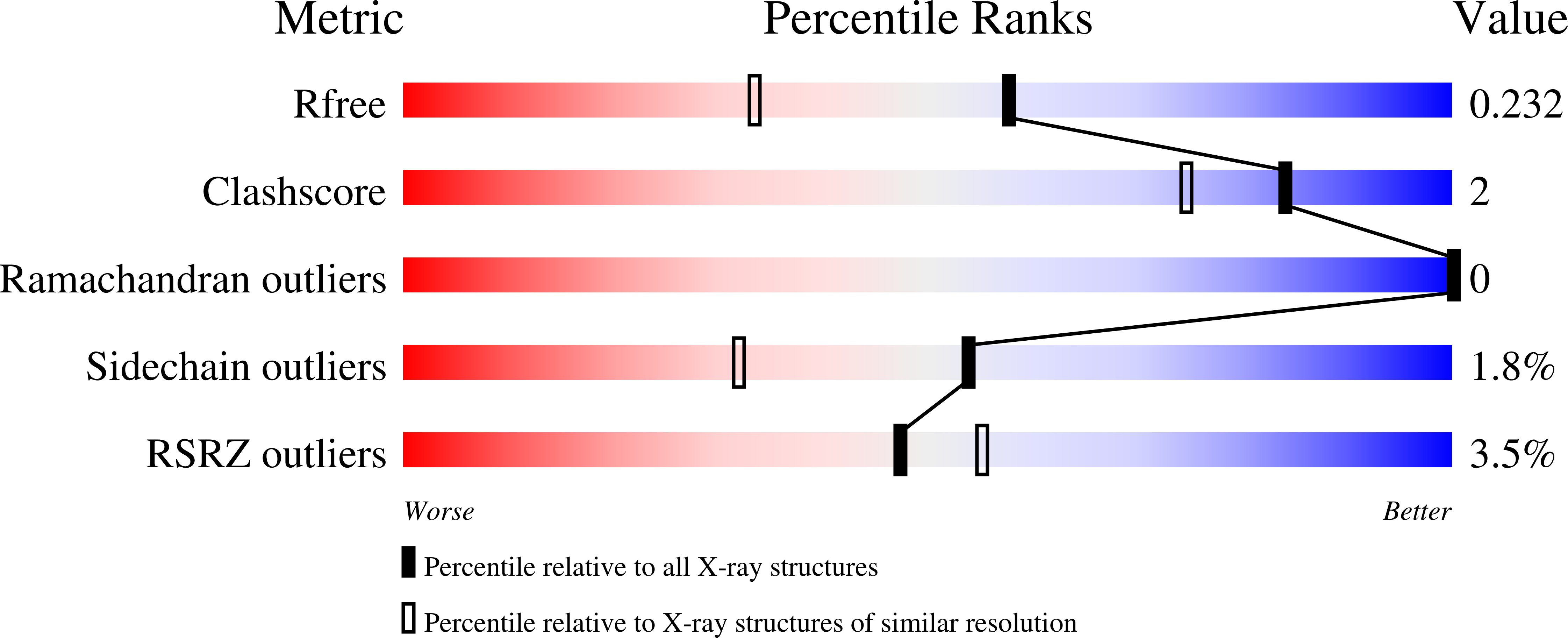
Deposition Date
2024-08-21
Release Date
2025-02-05
Last Version Date
2025-02-26
Entry Detail
PDB ID:
9DA4
Keywords:
Title:
Crystal structure of human DNPH1 bound to inhibitor 2b
Biological Source:
Source Organism:
Homo sapiens (Taxon ID: 9606)
Host Organism:
Method Details:
Experimental Method:
Resolution:
1.73 Å
R-Value Free:
0.22
R-Value Work:
0.18
R-Value Observed:
0.18
Space Group:
P 61 2 2


